GraphDB in Action: Navigating Knowledge About Living Spaces, Cyber-physical Environments and Skies
Ontotext
AUGUST 3, 2023
This has enabled them to meet the requirements coming from heterogeneous data in building automation systems, the interoperability issues critical for design engineering and, last but not least, the challenges in air-traffic control. The framework addresses current data integration needs and prepares for future capability.

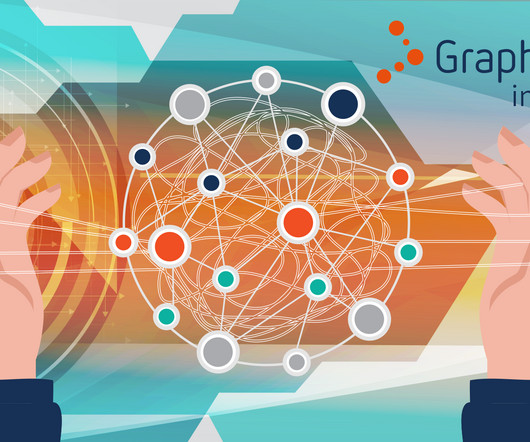


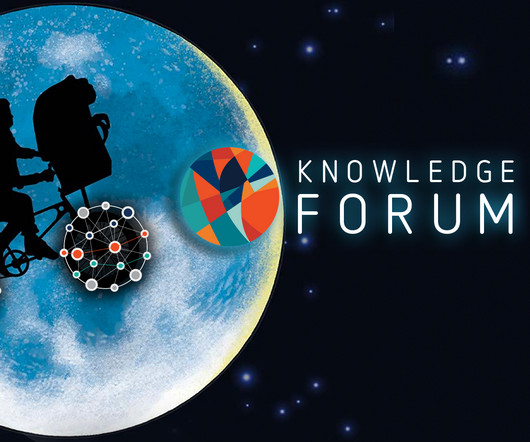
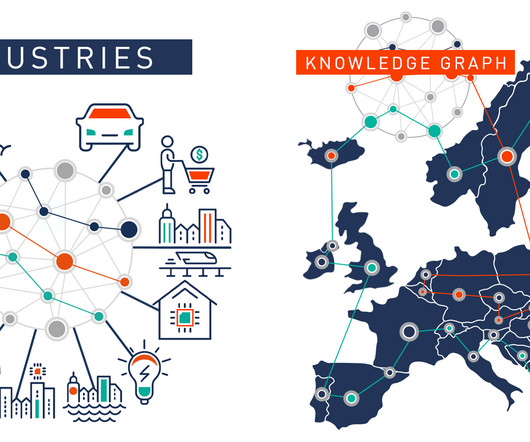
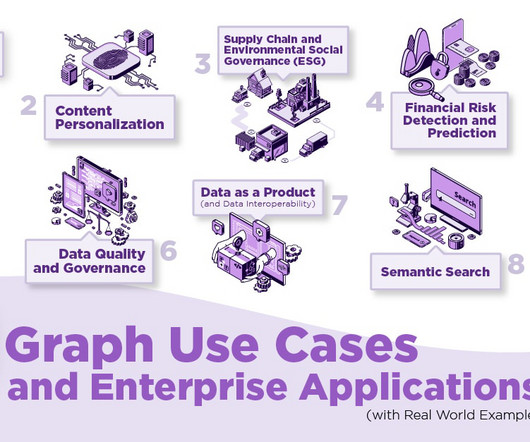

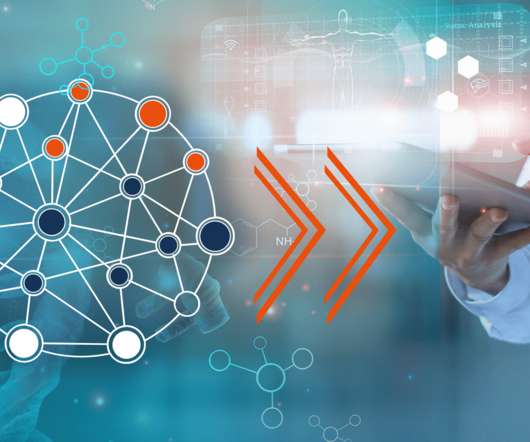
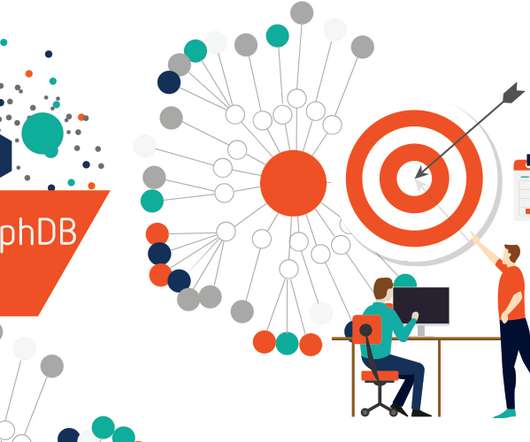
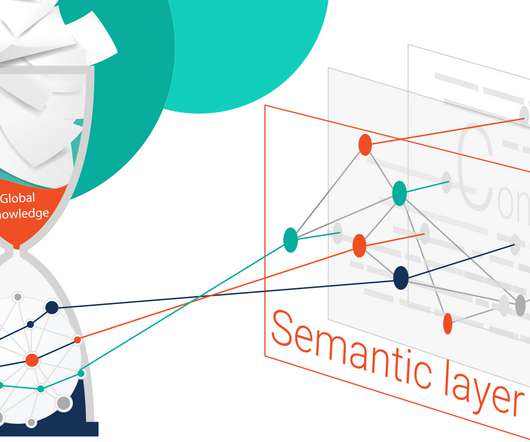










Let's personalize your content